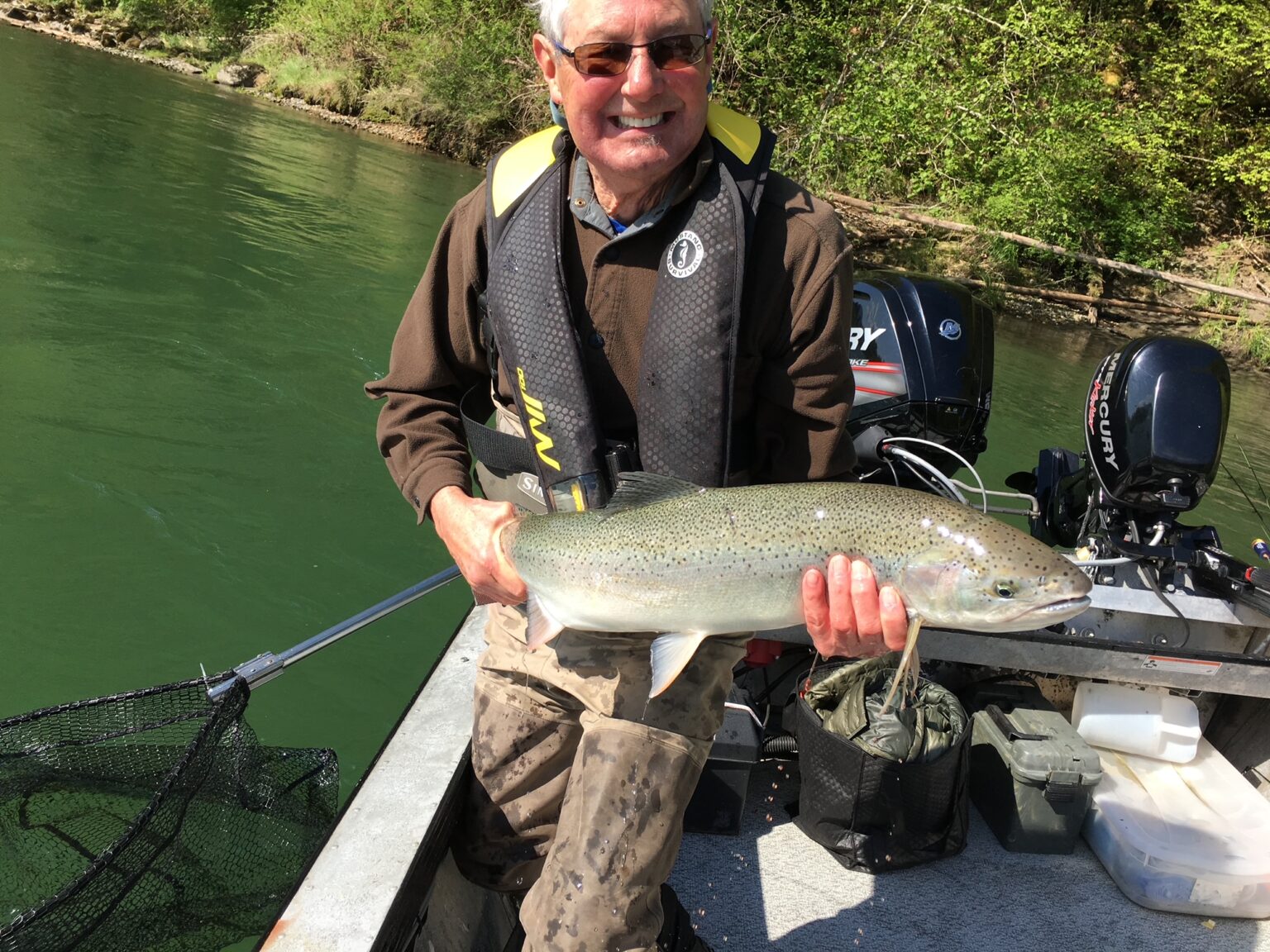Scott Schuyler of the Upper Skagit Indian Tribe could not hide his enthusiasm about the opening of the steelhead fishery this weekend on his ancestral watershed.
“I just can't reiterate enough how significant it is to have the ability to have a fishery,” said Schuyler, the tribe’s natural resources policy representative.
Bellingham angler Tom Allen expressed similar excitement, describing the hooking of a steelhead as “quite an adrenaline rush.”
Fishery co-managers have approv


Try us out
Enjoy 24 hours of unlimited digital access to CascadiaDaily.com for just $1!
Unlock the paywall



